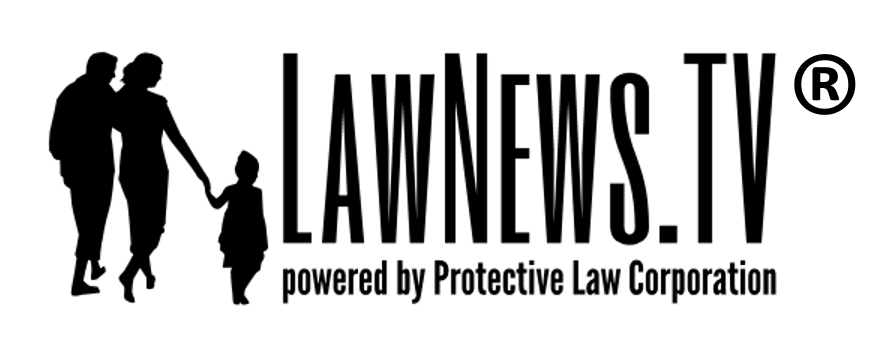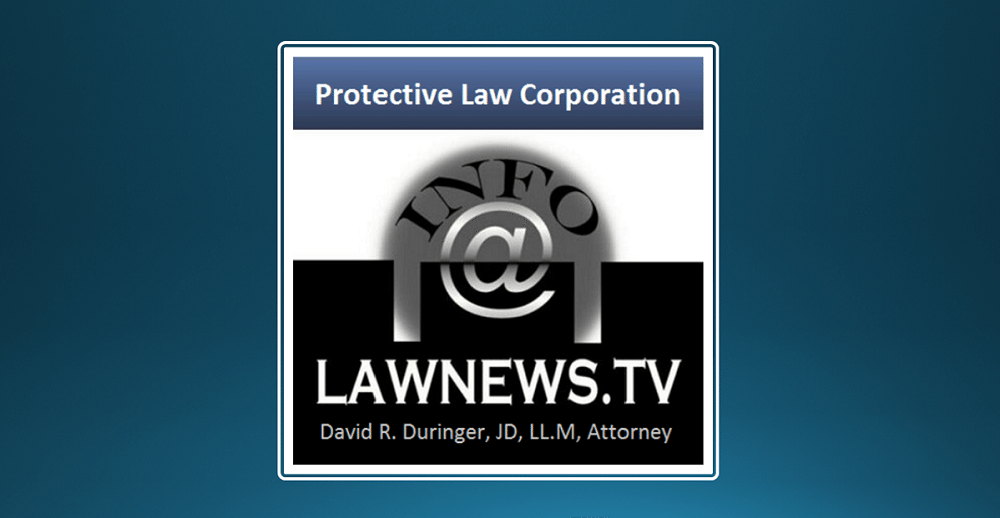Small businesses are the backbone of the US economy, accounting for nearly half of the country’s economic activity, creating two-thirds of new jobs, and driving innovation—and business loans are the backbone of small business growth. Lenders provided over $644 billion in small business loans in 2019, according to the Small Business Association (SBA). The most common reasons why businesses borrow money are to invest or expand, refinance, pay down debt, replace capital assets, and cover operating expenses.
Without access to outside capital, cash-starved businesses risk failing; in fact, running out of money is the second-leading cause of business failure.[1] It is therefore not surprising that 43 percent of small businesses applied for a loan in 2019. But not all businesses that apply for a loan receive one, and even if the loan is approved, it may only be a fraction of the amount that the business requested. Understanding how to obtain a business loan can increase your chances of being approved for the full loan amount that you request for your business.
Type of Business Loans
Small business owners looking for a cash infusion have plenty of options to choose from, including the following types of loans:
- Bank loans
- SBA-backed loans
- Alternative lender loans (from institutions such as Fundbox, BlueVine, Credibly, and Funding Circle)
- Business lines of credit
- Equipment loans
- Invoice or accounts receivable financing
- Merchant cash advances
- Business credit cards
To determine which type of loan is appropriate for your business, consider your needs. For example, when starting a new business, you might have to take out a personal loan or rely on credit cards because lenders are reluctant to provide business loans to startups that have not yet established a record of success. An established business that requires flexible funding to cover day-to-day expenses could benefit from a business line of credit. If you are expanding your business or adding a location, a traditional term loan or government-backed SBA loan might make sense. Business owners who want to buy equipment, machinery, or software should consider an equipment loan.
Identifying your business’s capital needs will make it easier to sort through the many lending options available. Once you have a list of candidates, shop around for the best business loan terms.
Loan Amount
Different types of lenders typically deal in different loan amounts. The average amount of a business loan is approximately $600,000 to $700,000. It can be helpful to look at the average loan amount by lender type to narrow down your list of potential funding sources. ValuePenguin provides the following breakdown by loan size and lender type:
- Large national bank: $593,000
- Small national or regional banks: $146,000
- Alternative lenders: Between $50,000 and $80,000 (but as low as $5,000 and up to $200,000)[2]
The SBA also has useful data on small business loan sizes. SBA data shows that lenders with assets of $50 billion or more provide most small business loans, holding more than 76 percent of them.[3] These lenders are large commercial banks such as Wells Fargo, JP Morgan, and Citibank.
A breakdown of Federal Reserve data by Finder.com reveals that small or regional banks tend to be a better option for businesses with lower capital needs.[4] Large banks loan an average of nearly $600,000, while smaller banks loan an average of $146,000. Business loans backed by the SBA tend to be for smaller amounts, regardless of whether the lender is a large bank or a small or regional bank. Overall, large and small banks dominate business loans.
Factors that Lenders Consider
The creditworthiness of your business is a measure of the risk that it presents to lenders. A medium or high credit risk means that, in the eyes of the lender, a borrower is more likely to default on a loan or line of credit than a borrower with a low credit risk. Lenders consider numerous factors when assessing creditworthiness:
- Credit score and report (both your personal credit score and your business credit score)
- Outstanding loans and debts
- Business assets; in particular, current assets such as cash and accounts receivable
- How long you have been in business
- Company investors (lenders may view your business more favorably if it is backed by venture capital, angel investors, or other professional investors)
- Financial statements and accounting records, including the business’s balance sheet; cash flow statements; income and loss statements; debt-to-equity ratio; accounts payable and receivable; earnings before interest, taxes, depreciation, and amortization; and future financial projections
- The value of collateral you can provide
Understanding your credit risk may prove useful for deciding where to apply for a loan. According to a Federal Reserve report, in 2020, just 37 percent of loan applicants received all of the money that they sought, but there was a significant difference between firms with low credit risk (45 percent received all of the financing sought), medium risk (22 percent received all of the funding sought), and high credit risk (7 percent received all of the funding sought).[5]
Approval rates for loans, lines of credit, and merchant cash advances have declined since the onset of the pandemic. Since the pandemic hit, approval rates have been higher at small banks and finance companies than they have been at larger banks and online lenders.
Preparing Your Loan Application
Business loan applications require a lot of documentation. However, requirements vary by lender, so make sure you know what you need to submit. At a minimum, be prepared to include the following in your application:
- Amount of loan requested
- Business plan
- Business name and federal tax ID number
- Financial statements for the past two to five years
- Tax returns for the past two to five years
- Bank statements
- Business credit report
- Leases and business licenses
- Tax returns of the business
- Insurance policy documentation
Generally, lenders prefer financial statements that have been audited or reviewed by a certified public accountant. It may be beneficial to work with a business law attorney during the loan process as well. An attorney can help you identify an appropriate loan for your business, collect the proper documentation, advise on laws and regulations, review loan documents, and more.
Questions about applying for a business loan? Our law office can help you navigate the lending process. Please contact us to schedule a meeting.
[1] Maddie Shepherd, Overview: Small Business Lending Statistics Trends, Fundera (Dec. 16, 2020), https://www.fundera.com/resources/small-business-lending-statistics.
[2] Justin Song, Average Small Business Loan Amount: Across Banks and Alternative Lenders, ValuePenguin (Mar. 15, 2021), https://www.valuepenguin.com/average-small-business-loan-amount).
[3] U.S. Small Business Admin., Small Business Lending in the United States 2019 (Sept. 2020), https://cdn.advocacy.sba.gov/wp-content/uploads/2020/09/10092858/Report-2019-Small-Business-Lending-Report.pdf.
[4] Anna Serio, Business Loan Statistics, Finder (Aug. 9, 2021), https://www.finder.com/business-loan-statistics.
[5] Small Business Credit Survey, 2021 Report on Employer Firms, Federal Reserve Banks (last visited Oct. 18, 2021), https://www.fedsmallbusiness.org/medialibrary/FedSmallBusiness/files/2021/2021-sbcs-employer-firms-report.








